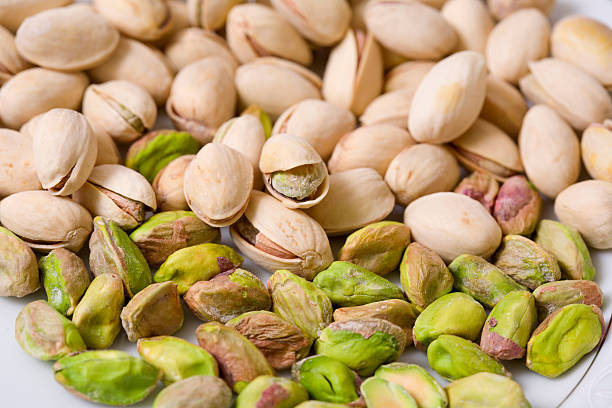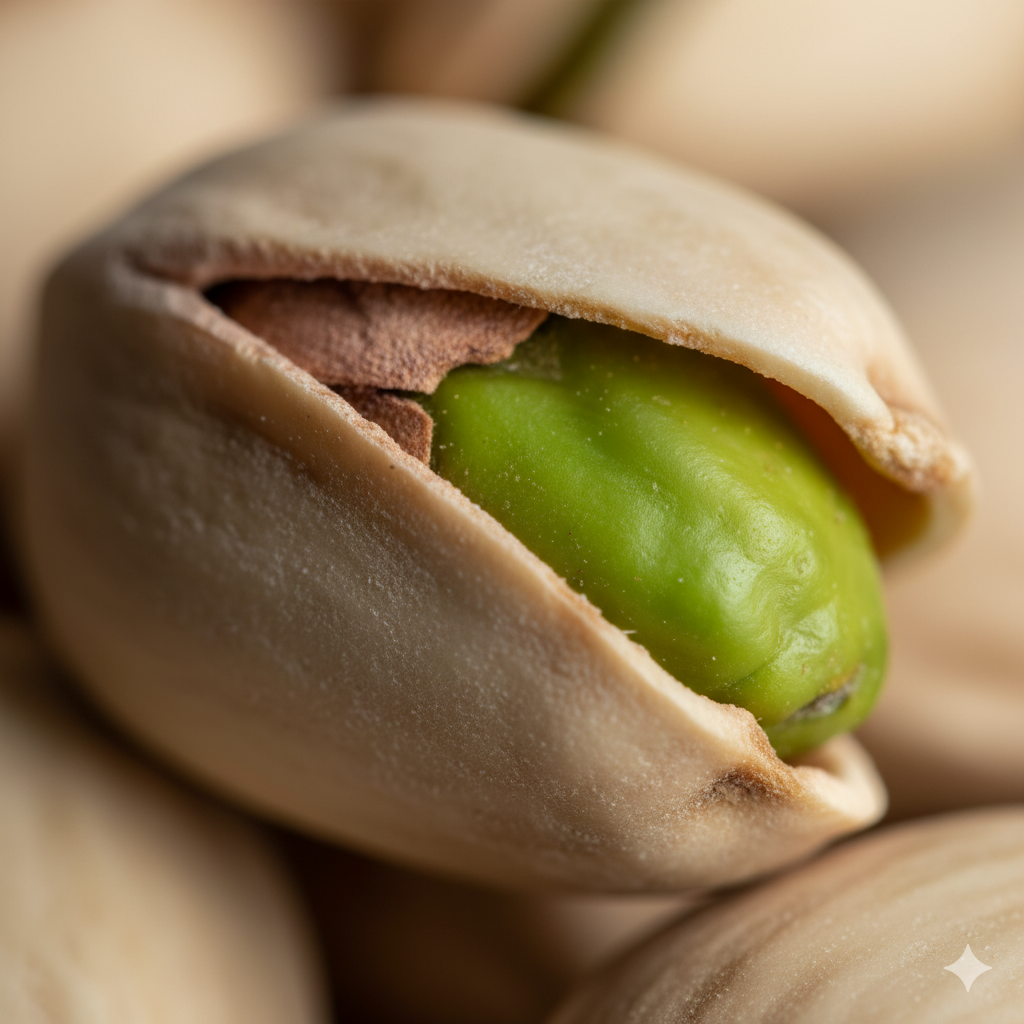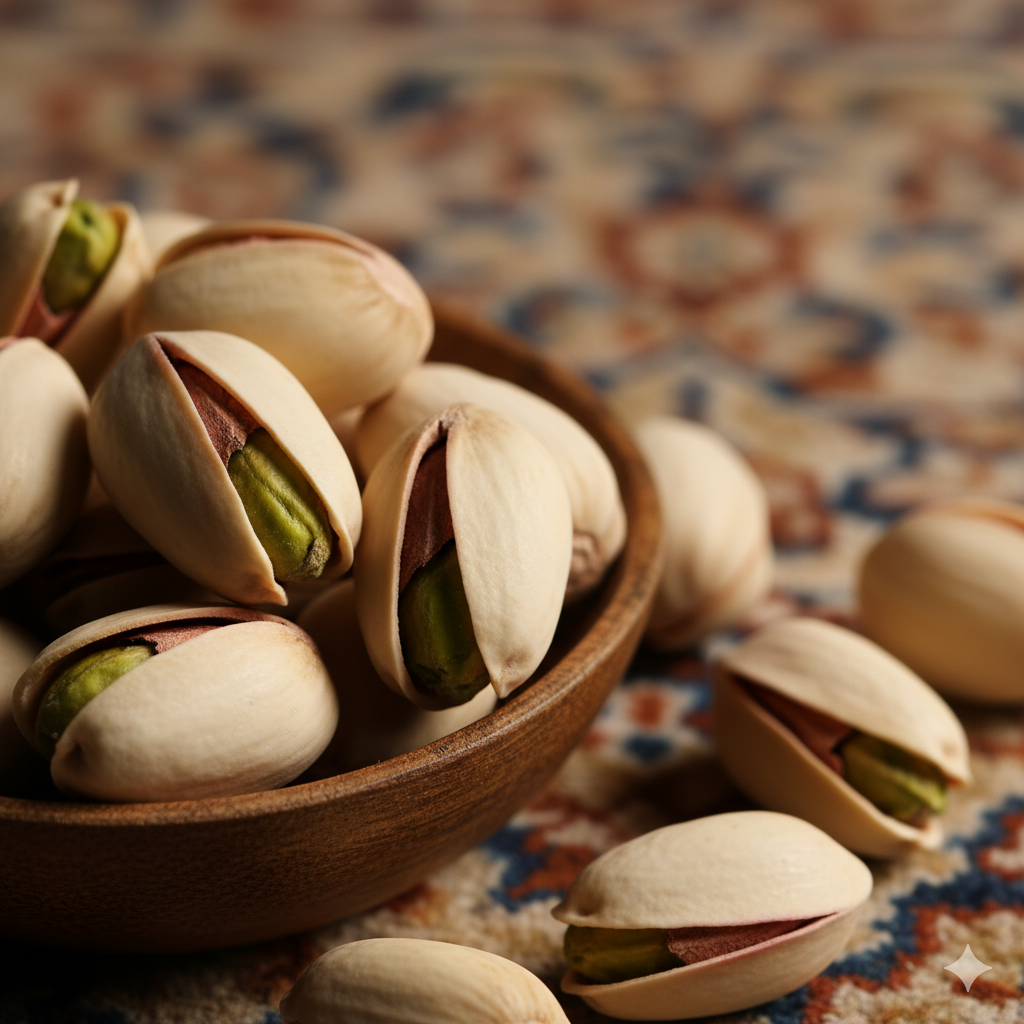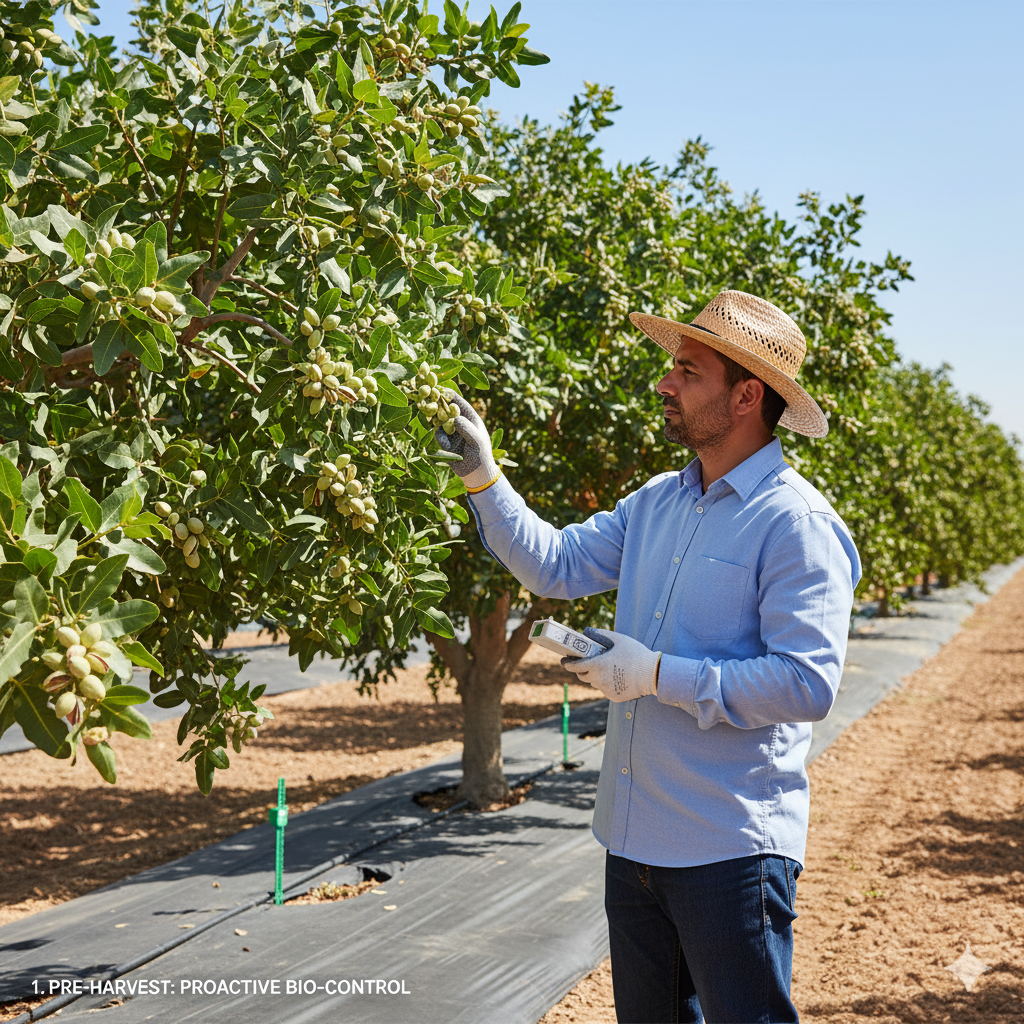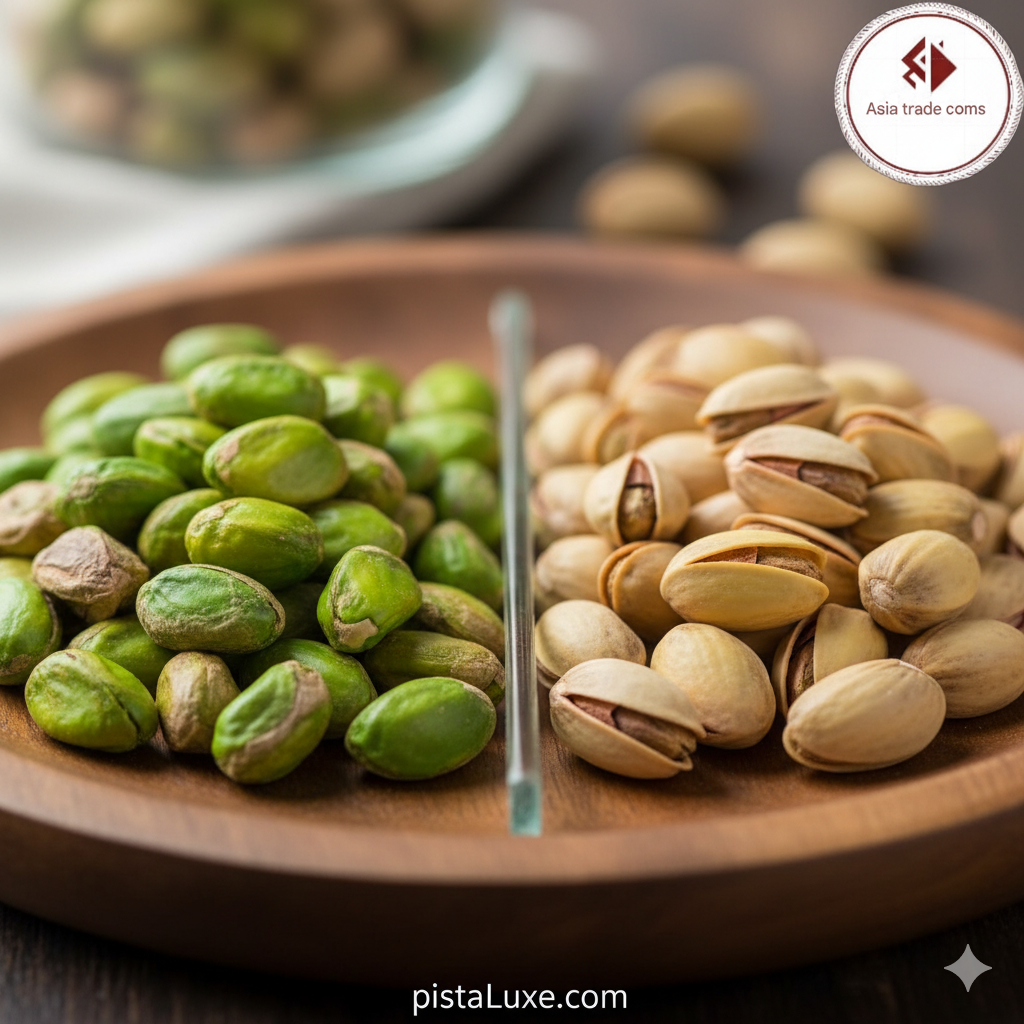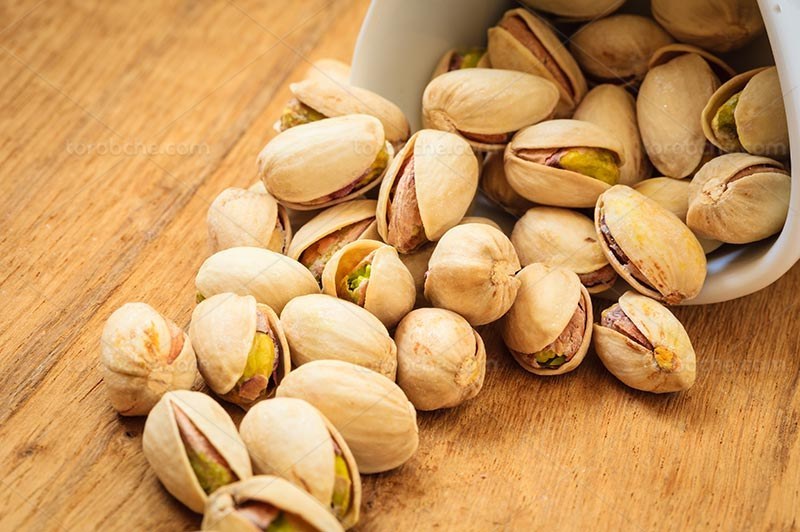
Pistachios, with their vibrant green hue and distinctive split shell, are more than just a tasty snack; they are a nutritional powerhouse wrapped in a delightful package. Often referred to as “green almonds” in some cultures, these ancient nuts have a rich history dating back thousands of years, originating from the Middle East. Their unique flavor profile, a delightful blend of earthy, sweet, and slightly peppery notes, coupled with their satisfying crunch, has cemented their place as a beloved delicacy worldwide.
A Nutty History
Imagine ancient travelers traversing vast deserts, their energy sustained by a handful of these precious nuts. Pistachios were once considered a luxury food, enjoyed by royalty and a symbol of good health and prosperity. Legend has it that the Queen of Sheba declared pistachios an exclusively royal food, forbidding commoners from cultivating them! While we can all enjoy them today, their regal past adds a certain charm to every bite. The cultivation of pistachios can be traced back to ancient Persia and the surrounding regions of Central Asia. For centuries, they were a vital part of trade routes, valued not only for their nutritional content but also for their purported medicinal properties. Archeological findings suggest that pistachios were consumed as early as 7000 BCE, underscoring their ancient lineage. Their journey across continents, facilitated by traders and conquerors, introduced them to new cultures, where they were embraced and integrated into local cuisines. The Silk Road played a significant role in their dissemination, making them a prized commodity that enriched both diets and economies. Over time, cultivation techniques evolved, leading to larger yields and wider accessibility, though they retained an air of exclusivity for many centuries.
Nutritional Powerhouse
Don’t let their small size fool you; pistachios are packed with an impressive array of nutrients. They are an excellent source of protein, making them a fantastic option for vegetarians and vegans looking to boost their protein intake. Beyond that, they are rich in healthy fats, fiber, vitamins (like B6 and thiamine), and minerals (such as potassium and phosphorus).
Let’s delve deeper into their nutritional composition:
Macronutrients:
- Protein: A typical serving of pistachios (about 1 ounce or 28 grams, which is approximately 49 kernels) provides around 6 grams of high-quality protein. This makes them a valuable component of a balanced diet, aiding in muscle repair and growth, and promoting satiety.
- Healthy Fats: Pistachios are rich in monounsaturated fatty acids (MUFAs) and polyunsaturated fatty acids (PUFAs). MUFAs, primarily oleic acid, and PUFAs, including alpha-linolenic acid (an omega-3 fatty acid) and linoleic acid (an omega-6 fatty acid), are beneficial for heart health. They contain a lower proportion of saturated fats compared to many other nuts. A 1-ounce serving contains approximately 13 grams of total fat, with about 1.5 grams being saturated, 6.7 grams monounsaturated, and 3.3 grams polyunsaturated.
- Carbohydrates: Pistachios contain about 8 grams of carbohydrates per ounce, with a significant portion of this being dietary fiber.
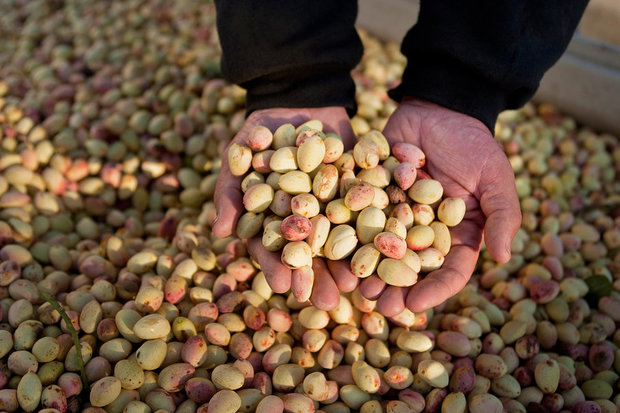
Micronutrients and Other Beneficial Compounds:
- Vitamins:
- Vitamin B6 (Pyridoxine): Pistachios are an excellent source of Vitamin B6, which is crucial for brain development and function, as well as for the production of neurotransmitters like serotonin and norepinephrine, which regulate mood. A 1-ounce serving provides about 25% of the daily recommended intake (DRI).
- Thiamine (Vitamin B1): Important for energy metabolism and the proper functioning of the nervous system.
- Vitamin E: A potent antioxidant that protects cells from damage.
- Minerals:
- Potassium: Pistachios are a good source of potassium, an electrolyte that helps regulate blood pressure and fluid balance. A 1-ounce serving provides about 8% of the DRI.
- Phosphorus: Essential for bone health and energy production.
- Magnesium: Involved in over 300 biochemical reactions in the body, including muscle and nerve function, blood glucose control, and blood pressure regulation.
- Copper: Plays a role in iron absorption and the formation of red blood cells.
- Manganese: Important for bone health and metabolism.
- Selenium: A trace mineral with antioxidant properties.
- Antioxidants: One of the standout features of pistachios is their high antioxidant content. These tiny green gems are brimming with compounds like lutein and zeaxanthin, which are particularly beneficial for eye health. Think of them as tiny guardians for your peepers! Other notable antioxidants include resveratrol, a polyphenol also found in red wine, and various other flavonoids and tocopherols.
Antioxidant Activity Analysis
The antioxidant capacity of pistachios can be measured using various assays, such as the Oxygen Radical Absorbance Capacity (ORAC) scale. While ORAC values can vary depending on the specific compound and measurement method, pistachios consistently rank high among nuts and seeds. The synergistic action of various antioxidants in pistachios contributes to their overall health-promoting effects by combating oxidative stress, a process that can damage cells and contribute to chronic diseases.
The Health Benefits
Regular consumption of pistachios has been linked to a variety of health benefits:
- Heart Health: The monounsaturated and polyunsaturated fats, combined with their antioxidant properties, contribute to a healthier cardiovascular system. They can help lower bad cholesterol (LDL) and increase good cholesterol (HDL). The fiber content also aids in cholesterol management by binding to cholesterol in the digestive tract and preventing its absorption. Studies have shown that incorporating pistachios into the diet can lead to significant improvements in lipid profiles, including reductions in total cholesterol, LDL cholesterol, and triglycerides.
- The reduction in LDL cholesterol can be quantified by observing a decrease in the ratio of LDL to HDL cholesterol, a key marker for cardiovascular risk. For instance, a meta-analysis of randomized controlled trials might demonstrate an average reduction of ( \Delta LDL = -0.2 \text{ mmol/L} ) or ( \Delta LDL = -7.7 \text{ mg/dL} ) per 30g daily serving.
- Weight Management: Thanks to their fiber and protein content, pistachios can promote feelings of fullness, helping to curb overeating and aid in weight management. Plus, the act of shelling them can slow down consumption, giving your body time to register satiety. It’s like built-in portion control! The energy density of pistachios, while present, is often offset by their satiating effect. Research suggests that individuals who consume pistachios as part of a calorie-controlled diet tend to have better adherence and greater weight loss outcomes compared to those consuming other low-fat snacks.
- The satiety index of pistachios is often attributed to the mechanical process of shelling and chewing, combined with the protein and fiber content. This can lead to a reduced subsequent food intake, a phenomenon known as the “satiety advantage.”
- Blood Sugar Control: Their low glycemic index and high fiber content make them a suitable snack for managing blood sugar levels. The body digests the carbohydrates in pistachios slowly, preventing sharp spikes in blood glucose. This is particularly beneficial for individuals with type 2 diabetes or those at risk of developing it. The presence of healthy fats also plays a role in slowing down carbohydrate absorption.
- The glycemic index (GI) of pistachios is generally considered to be very low, often in the range of 15-20. The glycemic load (GL) for a standard serving is also minimal, further supporting their role in blood sugar management.
- Gut Health: The fiber in pistachios acts as a prebiotic, feeding the beneficial bacteria in your gut and promoting a healthy digestive system. A diverse and robust gut microbiome is linked to numerous health benefits, including improved immunity and reduced inflammation.
- The specific types of fiber, such as inulin and other fermentable oligosaccharides, present in pistachios can foster the growth of beneficial gut bacteria like Bifidobacteria and Lactobacilli.
- Eye Health: The lutein and zeaxanthin found in pistachios are carotenoids that accumulate in the macula of the eye. They act as natural filters for harmful blue light and protect against oxidative damage, potentially reducing the risk of age-related macular degeneration (AMD) and cataracts.
- The concentration of lutein and zeaxanthin in pistachios is notably higher than in many other nuts. For example, a 1-ounce serving can provide a significant portion of the daily recommended intake for these important eye nutrients.
- Bone Health: While not as prominent as in some other foods, pistachios do contribute to bone health through their mineral content, including phosphorus and magnesium, which are vital components of bone structure.
- Skin Health: The antioxidants, particularly Vitamin E, in pistachios help protect skin cells from damage caused by free radicals, contributing to healthier, more youthful-looking skin.
More Than Just a Snack
While they are undeniably delicious on their own, pistachios are incredibly versatile in the kitchen. They can be added to salads for a delightful crunch, incorporated into baked goods like cookies and cakes, or ground into a paste for delectable desserts and even savory sauces. From pistachio-crusted salmon to creamy pistachio ice cream, the culinary possibilities are endless.
Culinary Applications:
- Savory Dishes:
- Salads: Sprinkle chopped pistachios over green salads, grain bowls, or fruit salads for added texture and flavor.
- Crusts: Use finely ground pistachios as a coating for fish, chicken, or lamb before baking or pan-frying.
- Pesto: Incorporate pistachios into pesto for a unique twist on the classic Italian sauce.
- Stuffings: Add chopped pistachios to bread stuffings or vegetable gratins.
- Sauces and Marinades: Blend pistachios into creamy sauces or savory marinades.
- Sweet Dishes:
- Desserts: Pistachios are a star ingredient in many Middle Eastern and Mediterranean desserts, such as baklava, halva, and various pastries.
- Ice Cream and Gelato: Pistachio-flavored ice cream is a timeless favorite.
- Baked Goods: Add chopped pistachios to cookies, cakes, muffins, and brownies for a nutty flavor and delightful crunch.
- Confections: Use pistachios in brittle, toffee, or as a topping for chocolate bars.
- Fruit Pairings: They pair wonderfully with dried fruits like apricots and dates, as well as fresh fruits like figs and berries.
Preparation:
Pistachios are typically sold in their shells, either roasted and salted, or raw. They can also be found shelled, either raw or roasted. If you purchase raw pistachios, you can roast them yourself by spreading them in a single layer on a baking sheet and roasting at ( 150^\circ\text{C} ) (( 300^\circ\text{F} )) for 10-15 minutes, or until fragrant. Be careful not to overcook them, as they can burn easily. If they are salted, you may want to rinse them before roasting if you prefer a less salty flavor.
Key Takeaway
So, the next time you reach for a snack, consider reaching for a handful of pistachios. Not only are they incredibly tasty and satisfying, but they also offer a treasure trove of health benefits. They truly are the emerald jewels of the edible world, ready to add a touch of luxury and health to your day. Their unique combination of flavor, texture, and nutritional value makes them an exceptional addition to any diet, offering a delicious path to improved well-being.
To order or get advice on pistachio and dried fruit varieties, contact our team via our official WhatsApp. Our support team is ready to answer your questions and can help you choose the right pistachio and dried fruit. WhatsApp number 009890214773705
